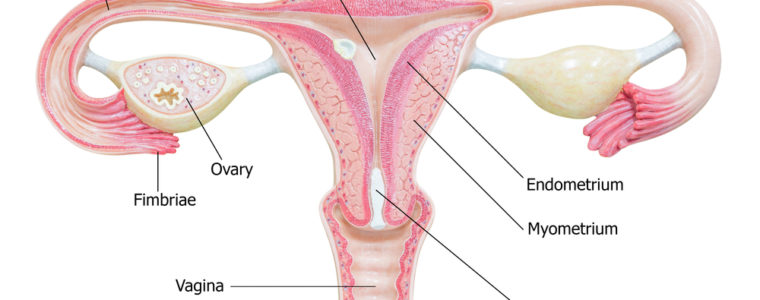
Oviduct: Causes Prevention Natural Treatment Chunky horns
Oviduct: Causes Prevention Natural Treatment Chunky horns is the female reproductive system, so discover how to prevent it if you feel it.
Oviduct: Causes Prevention Natural Treatment Chunky horns
There is no oviduct in cyclostomes. The ova leave the body cavity by the gonopore that develops in the body wall just prior to spawning. In teleost the anterior end of the oviduct is actually a fold of peritoneum that surrounds the ovary and then narrows to form a tubular portion. Eggs are discharged into this peritoneal sac, carried by it to the cloaca. There is a danger that the large number of eggs might choke the coelom if they were shed into it in the usual way.
In all other vertebrates, eggs are shed into the coelom and swept up into a ciliated funnel, the ostium, that carries them to the oviduct. In general, oviducts have a tunica mucosa consisting of a ciliated columnar epithelium and simple tubular glands that vary with the season, a Tela submucosa of loose fibroelastic connective tissue, a two-layered tunica muscularis of smooth muscle, and a tunica serosa. The tunica mucosa is often thrown up into more or less elaborate folds with a core formed by the Tela submucosa. The inner circular layer of the tunica muscularis is often separated from the outer longitudinal layer by a sheet of vascular fibroelastic connective tissue.
Oviducts show modifications depending upon the type of egg and its future development. There may be secretory areas where layers of jelly, albumen, or shell are added; storage areas where eggs are retained until spawning; or areas where embryonic development occurs.
Oviducts of elasmobranchs (Figs. O26a–O26g) fuse at the anterior end so that there is only one ostium. A shell gland develops in the lower parts of the oviduct. Secretory cells of this compound tubular gland contain an acidophilic granular substance. Skates produce an elaborate egg case and these glands are large. They are simpler in dogfish where they produce a temporary shell for the embryo developing in the oviduct. The lower part of the oviduct of dogfish is expanded as an ovisac where the young, minus the shell, are nourished and develop. The tunica mucosa of the ovisac is lined with a stratified cuboidal epithelium thrown up into vascular ridges containing a core of Tela submucosa
